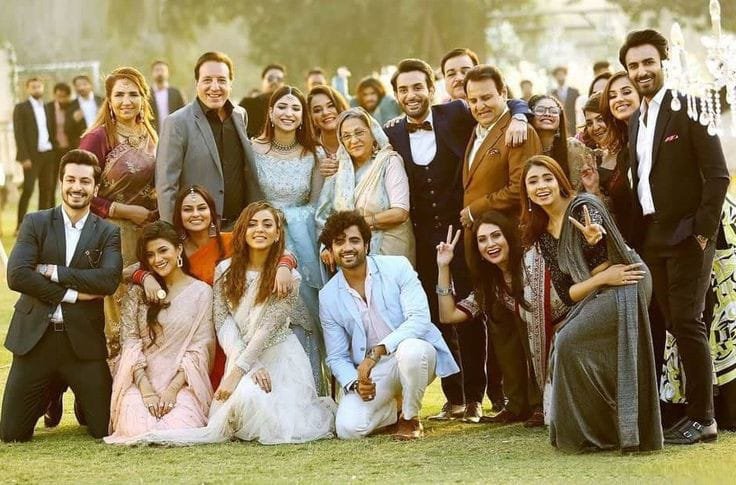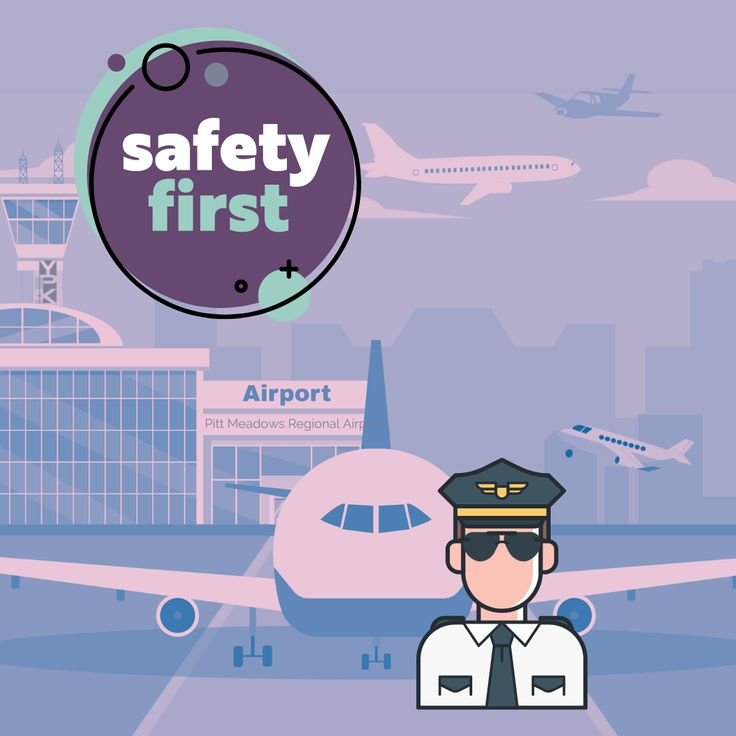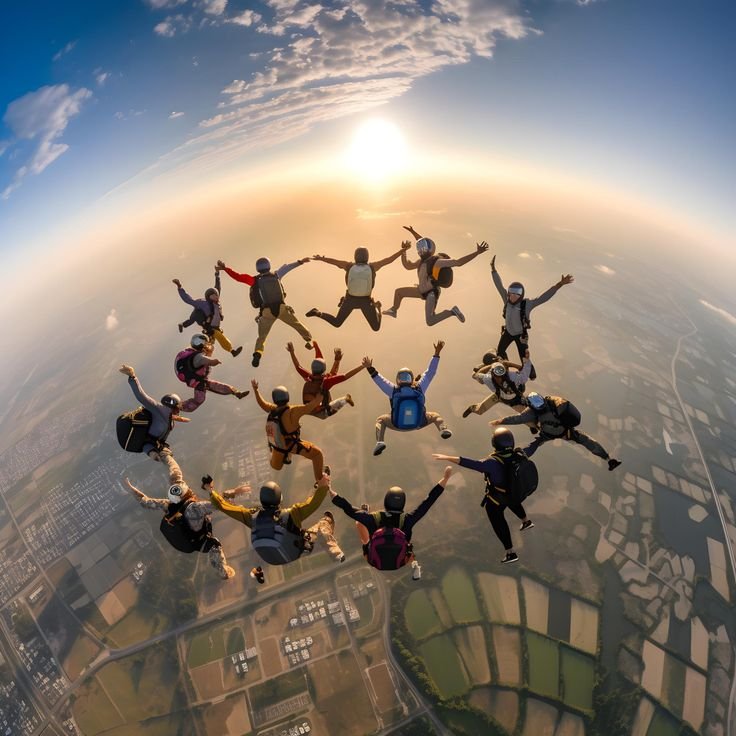In this elaborate behind-the-scenes guide, discover the real process of creating popular Pakistani drama. Developing scripts at the onset, each production stage requires creativity, technical skill, and teamwork right from developing an interesting storyline and its characters that relate to people in one way or another. Then there comes the critical casting procedure, where chosen actors fit into specific roles, actually bringing those characters to life.
Pre-production would bring detailed planning to designing the set and costumes and scheduling. Directors, cinematographers, and actors would shoot together to take the same shot on camera recorded under the direction of sound engineers and composers who developed the audio elements of the drama. Post-production would be editing, sound mixing, and color correction such that the final product is slick and fascinating.
Promotion and broadcast are integral and play a very important role in the success of a drama, because, of course, with this element comes trailers, social media campaigns, and strategic scheduling to appeal to viewers. Then the impact can be measured through audience feedback, ratings, and awards.
Pakistani television serial dramas, aside from being something entertaining, also turned out to be a reflection of cultural values and social issues faced in the country, thus becoming an integral part of the country’s media history. This look behind the scenes reveals what goes into making these beloved shows an expression of understanding and appreciation of the artistry and hard work that brings Pakistani television dramas to life on-screen. Take a thrilling ride into the world of drama production and find out what goes on behind the scenes of the collaborative process that gives birth to the most gripping, meaningful, and impactful television productions.

Behind the Scenes: The Making of Popular Pakistani TV Dramas
Pakistani television dramas have gained immense popularity in the country, as well as in the global media environment. The stories are of great depth, people are relatable, and the production standards are superb. It’s not only a source of entertainment but also reflects the cultural and social thought process pervading in the society. But behind these cinematic captivating storylines and impressive performances lay a not-so-simple, nor singular, but collaborative complex creative and technical process. This blog comes from behind the lights, peeling off the drapes in some manner of way to investigate the Pakistani TV drama, from idea to screen.

1. The Concept and Script Development
A journey in a drama can begin with a good concept and the script of a TV drama. Writing such a concept demands some significant roles, including the development of the storyline, character development, and for the dialogue to reach the audience. Pakistani drama scripts frequently incorporate more social issues and family and romantic entanglements that reflect the background on which the country is based and nurtured.

Process:
- Idea Generation: Writers and producers come up with concepts that might be true stories or real-life stories, social issues, or historical events.
- Scriptwriting: this involves writing down a script in more detail, which includes dialogue, scene description, and character arc. Some take months to write depending on the number of times the script is revised.
- Feedback and Revisions: by producers, directors, or even a focus group to get feedback and then incorporate required amendments.

2. Casting: Choosing the Right Talent
Casting is a fundamental part of drama production. Good casting produces great actors, each capable of bringing their respective characters to life and breathing life into the story. Casting directors and producers therefore hold auditions where they choose the right kind of actors who best suit the roles and can convincingly create the characters necessary for the production.

Process:
- Auditions: The actors act out a few scenes from the manuscript to show that they are apt for the character.
- Screen Tests: The shortlisted actors would be tested on some more scenes to test their combinational capabilities with other actors.
- Final Selection: The producers or directors finally decide upon some choices of the actor which have been made through auditions, screen tests, and suitability of the actor.

3. Pre-Production: Planning and Preparation
Once the cast and crew have been finalized and their script is approved, pre-production starts. This is the planning and preparation stage where a lot of preparation is done so as to ensure everything goes through smoothly during shooting.

Process:
- Set Design and Construction: The production designers design and construct the sets based on the needs of the script, starting with interiors and exteriors.
- Costume Design: Costume designers design the costumes, which portrays the individual character and the character’s personality, along with the setting of the drama.
- Scheduling: It outlines the schedule when and where a particular scene will be shot.

4. Filming: Bringing the Script to Life
Filming basically constitutes the heart of drama production where a script lives and breathes into life on camera. The production process falls under the collaborative effort of the director, the actors, the cinematographers, and of course, members of the crew.

Process:
- Direction: The director oversees and directs the actors and crew to see that scenes are shot as directed in the script and vision..
- Cinematography: The scenes are captured by the cinematographers; the camera angle, lighting, and visual composure are key aspects.
- Sound and Music: This section seeks to consult with sound engineers and composers who can ensure the drama achieves the desired audio effects, such as background music, sound effects, and recording of dialogue.

Challenges:
- Weather Conditions: The worst affected seems to be outdoor shoots regarding weather, where they often force a change in schedule and sometimes even the execution of a scene.
- Actor Availability: Coordinating calendars of numerous actors and management of schedules for shooting is extremely challenging, especially if the actors are A-list celebrities.

5. Post-Production: Editing and Final Touches
After the shooting, the post-production stage begins. This stage includes the editing of footage, adding special effects, and preparing the final version of the drama for airing.

Process:
- Editing: This is where the editor, in fact, trims and assembles the shots to create a coherent story. Introduces transitions, as well as pacing, according to the story.
- Sound Mixing: The audio is made clear and fine-tuned in terms of dialogue clarity, background music, and sound effects.
- Color Correction: Colorists balance the color and tone to enhance the look of the drama.

6. Promotion and Broadcast
Once it has been written and proofread, the drama would be ready for distribution. Promotion and broadcasting of a drama involves how well marketed and distributed it is to a large target audience.

Process:
- Trailers and Teasers: These are short videos to promote a particular production, raising the interest of the viewers.
- Social Media Campaigns: They can use Facebook, Twitter, and Instagram to publicize the drama and communicate with fans and build up the hype.
- Broadcast: Drama will be transmitted live on television stations or online sites. Their episodes will go live and be aired as planned according to the schedule.

7. Viewer Reception and Feedback
After the drama has been broadcast, audience reception and feedback establish whether the drama was a success or not. The ratings and reviews from the raters, as well as comments generated on social media, help establish whether the drama received positive reception or not.

Process:
- Ratings Analysis: The information that the TV ratings carry regarding viewership numbers as well as demographics.
- Audience Feedback: Each and every comment and review left by viewers is analyzed so that the audience’s reaction and preference could be judged.
- Awards and Recognition: Most of the dramas win or get nominated for awards that increase their fame and success.

8. The Impact of Pakistani Dramas
Pakistani TV dramas, in their dynamic reflection of culture, social issues, and even outlooks for public opinion have a much deeper impact on society. Not only do they provide a platform for talented actors, writers, and directors to display their talents and garner much-needed recognition but also supply entertainment.
Cultural Reflection: Pakistani drama reflects on themes, such as family dynamics, societal norms, and gender issues. Pakistani dramas give one a mirror to the country’s social fabric.
Global Reach: Now with Streaming and international broadcasts of Pakistani dramas, people are going to get a chance to watch it from Pakistan’s borders, and the time has come for international recognition of Pakistani cinema and television.

Conclusion
The process of making Pakistani TV dramas is multidimensional and involves a great deal of creativity and collaboration. From conceptualizing the idea to the script development, till finally broadcasting it to a public reception, each step along the way plays its own role in bringing the drama to completion. To know how much effort actually goes behind in making these dramas truly brings an appreciation for the beautiful stories and their accompanying performances that are associated with Pakistani television. As time progresses, these dramas will undoubtedly continue to entertain and resonate with audiences both within the country and internationally.























+ There are no comments
Add yours